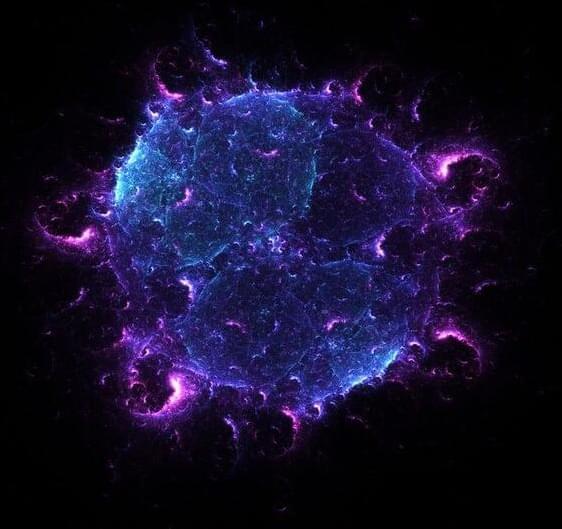If you had a flashlight with you and directed it at a blank wall you would expect it to give a straight line projection however you will find the lit up wall forming rings where the flash light is pointing at. This occurs due to interference and constructive as the light wave forms combine or destructively when the waves structure is out of phase. This occurs when the two waves are in phase with each other thereby producing constructive interference which brought about a bright region. When they do not occur, destructive interference is experienced thus causing the light to fade. Mathematically if S and N waves are 1,800 out of phase the interference actually nulls the signal completely.
Although, light is the most familiar interference, the concept of Interference is not restricted to it. Electrons can also interfere when they have juxtaposable different energy, this leads to the formation of the ‘‘dark electrons’’, electrons in ‘‘dark state’’ not visible by spectroscopic equipment.
Until recently, it was believed that such dark electrons can not be present in solids materials. The problem was that in the solid matter electrons are packed very closely together and thus it was thought to be virtually impossible to reach such ‘perfectly different energies’. Still, the research work conducted by a team from South Korea has revealed that these dark states do exist in condensed matter. This finding, published in Nature Physics can change how quantum physics is perceived.
